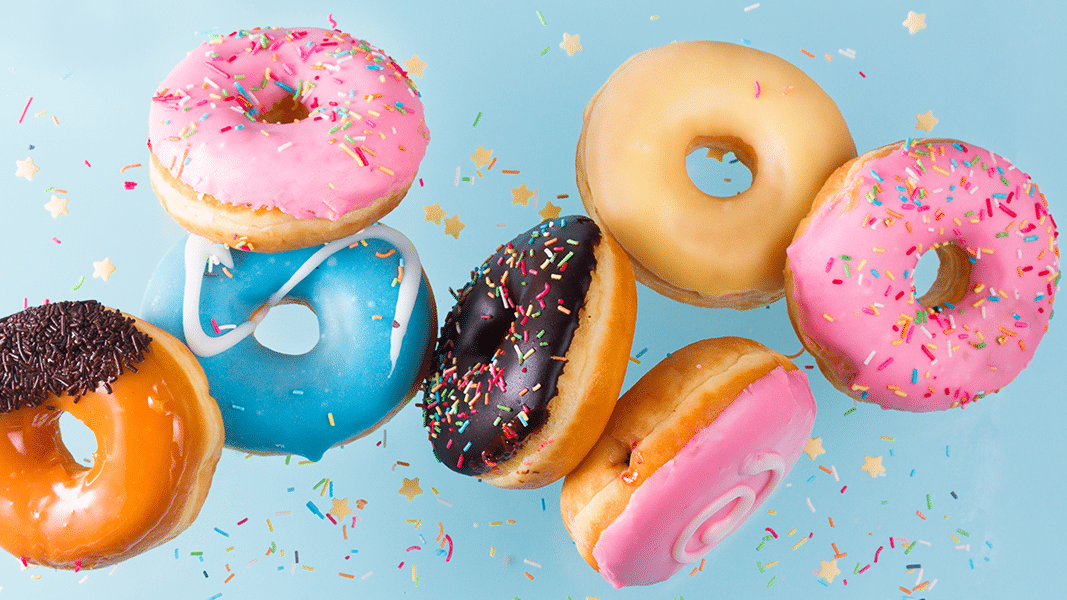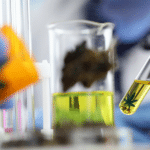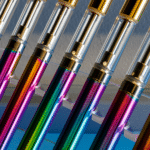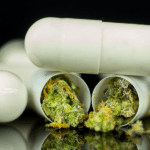Researchers have modulated cannabinoid CB1 receptors in addiction treatment in order to affect cravings, the formation of habits, one’s sensitivity to triggers, withdrawal symptoms, and the pleasure one derives from drug use.
Now scientists at the National Institute on Alcohol Abuse and Alcoholism have added a new factor to the list: feeling satiated. As the paper published in Cell Metabolism describes, suppressing CB1 activity outside of the central nervous system reduces mice’s desire to drink. Though we used to believe that the brain is the only major hub of neural activity, we now know that the gut acts as a “second brain.” Connecting our diet to our minds, the enteric nervous system links the gut to the brain with 5 times more neural connections than in the whole of a human spine. In the same way that eating satiates hunger, feedback from diet can aggravate or resolve psychological distress.
The recent paper delves into detail on one possible mechanism. CB1 receptors exist on cells in the stomach that produce ghrelin, a hunger-inducing hormone. Ghrelin also stimulates a desire to drink, and drinking, in turn, suppresses the release of ghrelin. Activating CB1 receptors contributes to “the munchies” that cannabis enthusiasts know well, but this could also cause a desire to drink. Blocking CB1 with a peripherally restricted antagonist, one that doesn’t get into the brain, significantly reduced mice’s drinking. Practically, there isn’t much evidence that cannabis users drink more. There is reason to believe that chronic cannabis use decreases CB1 activity in fatty tissue, which would have similar effects as a peripherally restricted CB1 inhibitor.
Read study: Targeting Peripheral CB1 Receptors Reduces Ethanol Intake via a Gut-Brain Axis
Adrian Devitt-Lee is a research scientist and longtime Project CBD contributor. © Copyright, Project CBD. May not be reprinted without permission.







